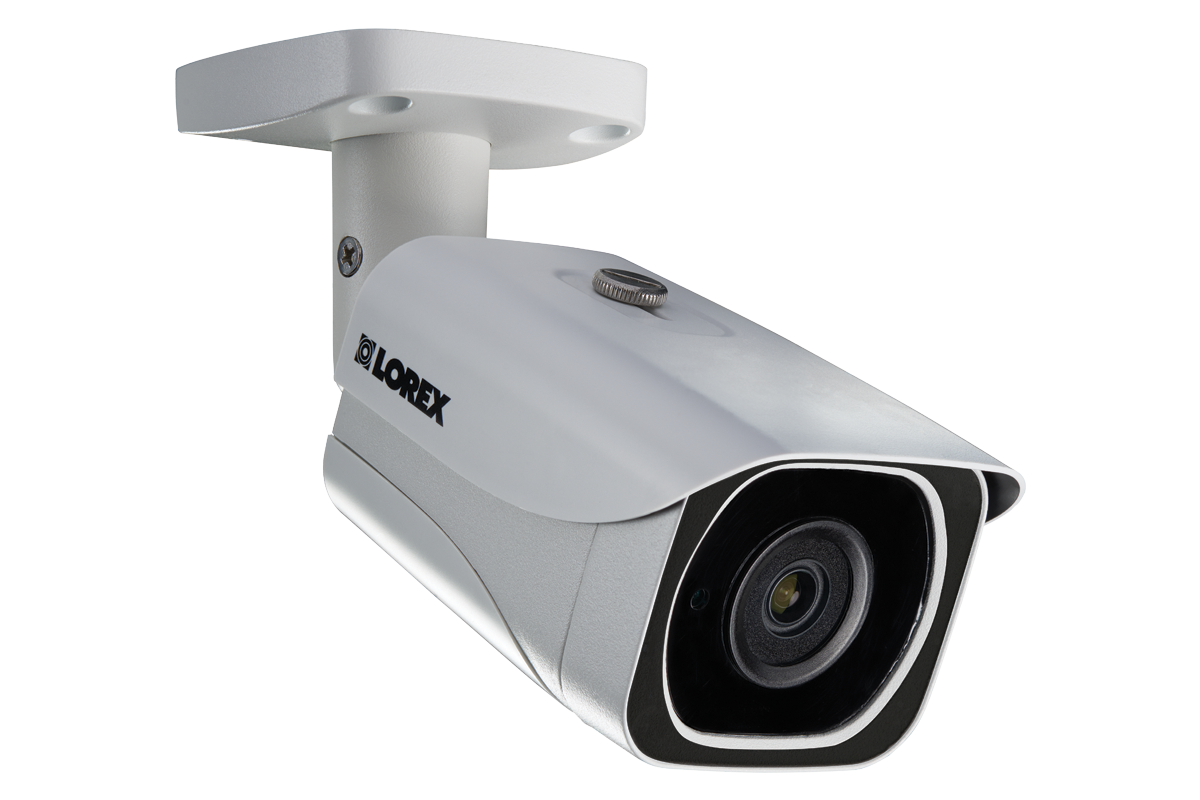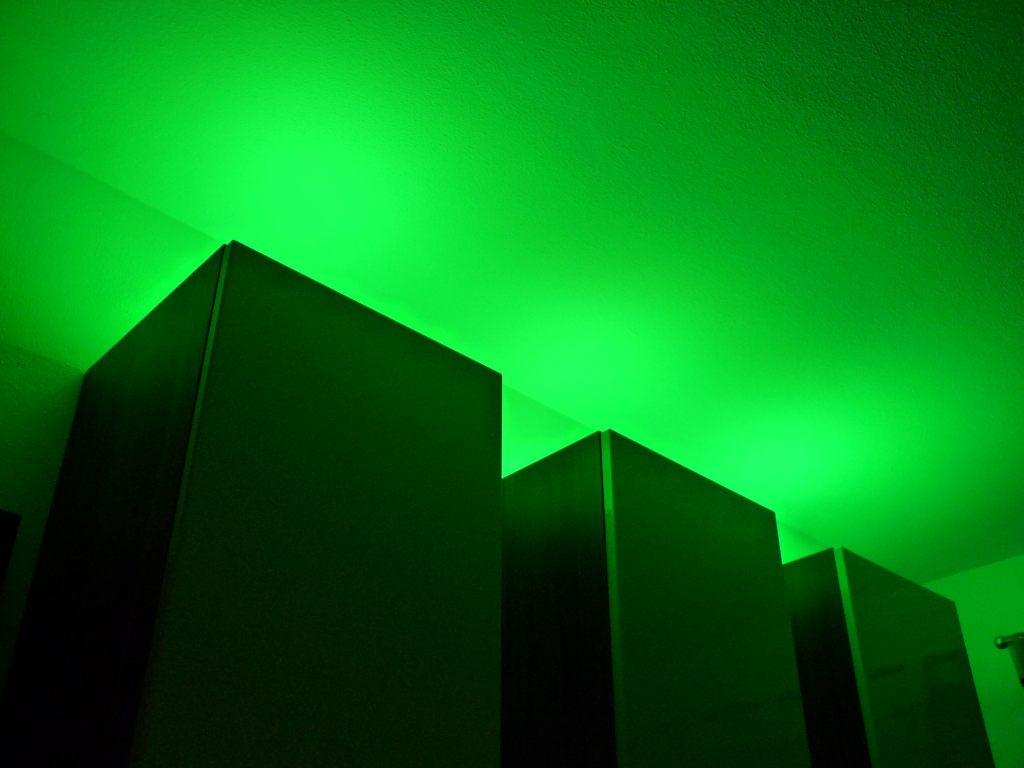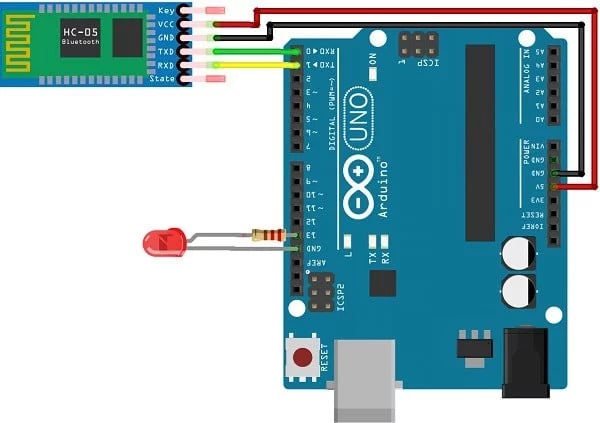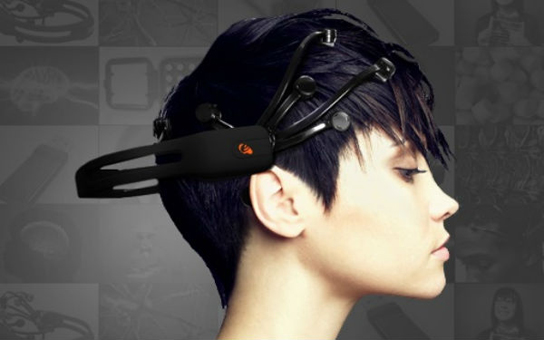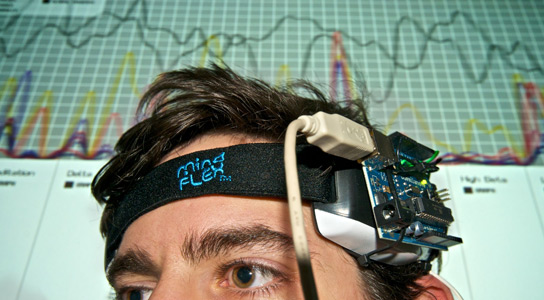
The North Sense is a device which is embedded onto the body of the user and imbues them with an artificial sixth sense, which essentially turns the user into a human compass. It connects the user to the Earth’s magnetic field, giving them an extra acute sense of space and direction.
The attachment of this device to the human skin is similar to receiving a bodily piercing. Two titanium metal bars are inserted under the skin and act as the anchoring system for the device. It is discreet at around a square inch in size, enclosed in body-compatible silicone and anchored onto his chest via titanium piercings. By mounting it to a piercing, the user can feel the vibrations of the device under their skin rather than just on the surface.
The device connects to mobile apps through Bluetooth, and how it functions is that it vibrates/buzzes when it is faced in the direction of the strongest electromagnetic force around it (usually facing North). Rather than merely being a compass, it causes the user to be hyperaware of the magnetic forces surrounding them, and to experience the forces physically rather than just knowing that they exist.

Since the forces are being sensed through vibrations, they are technically felt through a sense of touch, however, people who have had the North Sense implanted have stated that it is much more than a directional indicator. For them, it has become a way for them to amass mental images and memories, and have a different marker/instigator for memories, much like how we would trigger memories when we experience a similar related stimulus through one of our five senses. So basically, it is making use of one of our existing senses (sense of touch) to give us an entirely new sense and experience something that humans do not originally get to experience.

This reminds me of Neil Harbisson’s EyeBorg, which perceives colours in the world around him and translates them into different sounds in order for him to be able to perceive colour (Harbisson is severely colour blind). If we as a society come to accept and explore different ways in which we can interpret our senses, I think it would also come to benefit those who are disabled by giving them other sensorial alternatives to use and explore.

